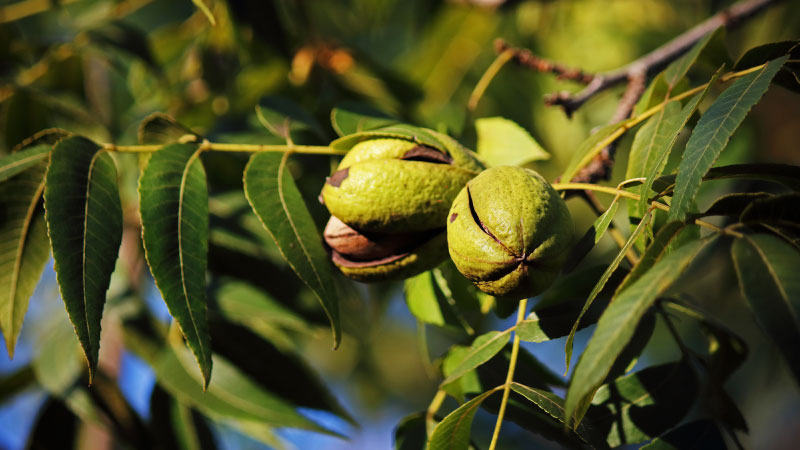Inside Scoop on Current Trends and Future of the Leafy Greens Sector

The U.S. is starting to reopen as vaccinations help with getting COVID-19 under control. With that said, what will the post-pandemic market look like for the lettuce and microgreens markets?
Greenhouse Grower asked three companies about how they see the current state of the lettuce and microgreens markets and where they see the market headed in a post-pandemic world. Here are the main takeaways.
The Competitiveness of the Lettuce Market
According to Donald “DJ” Grandmaison, Sales and Marketing Manager at lēf Farms, the greenhouse lettuce market has only grown more competitive. This competitiveness has led companies like lēf to pursue stronger relations with their retailers.
“Over the last five years, there has been a proliferation of greenhouse and controlled-environment growers in the lettuce sector, especially in the Northeast and Mid-Atlantic regions,” Grandmaison says. “This has caused fierce competition on the retail level, especially given the limited retail space for new products and packaged salads. Our farm has worked hard on developing relationships with our key retail partners.”
Consumer Preferences and Desires
When it comes to consumer preferences, Grandmaison says he sees people shifting to prefer romaine or iceberg textures and flavor profiles. He has also noticed that spice has caused heads to turn in the supermarkets.
“We have incorporated more varieties that fit that profile in our blends to provide more texture and added crunch,” Grandmaison says. “We also notice that mustards and spicy leafy greens catch consumers’ attention, which has created strong demand for our top-selling spice blend.”
Consumers are also more interested in how their greens are grown, according to Viraj Puri, Gotham Greens Co-Founder and CEO. People want to know their greens are free of any foodborne illnesses and are grown locally.
“Consumers are demanding greater transparency in how and where their food is produced, particularly given the rise in foodborne illness outbreaks linked to open-field farming,” Puri says. “Hydroponic greenhouses allow us to grow a reliable and safe supply of fresh produce all year round. Greenhouse-grown lettuce can also often be more locally produced than conventional and organic lettuce. Local items continue to see high consumer demand.”
Pricing of Greenhouse Lettuce and Microgreens
There are two perspectives when looking at the pricing of greenhouse leafy greens. Grandmaison sees greenhouse-grown lettuce and micro greens as fetching higher prices than field-grown varieties due to freshness and quality.
“From our analysis, we see that greenhouse-grown lettuce and microgreens continue to be double if not triple the price on the shelf,” Grandmaison says. “As an example, our product sells at retail $16 to $20 a pound where California [field-grown lettuce] is being sold for $6 to $11 a pound.”
To Serdar Mizrakci, CEO of Element Farms, pricing isn’t an apples-to-apples comparison. He sees pricing as a key motivation for getting more consumers to try greenhouse-grown leafy greens.
“We are comparing different qualities of produce,” Mizrakci says. “Given those quality differences, the price is really where it needs to be for the consumers to start picking up more greenhouse-grown [leafy greens]. I think, in the near future, I see the price gap closing.”
For more on the future of breeding, continue reading at GreenhouseGrower.com.









